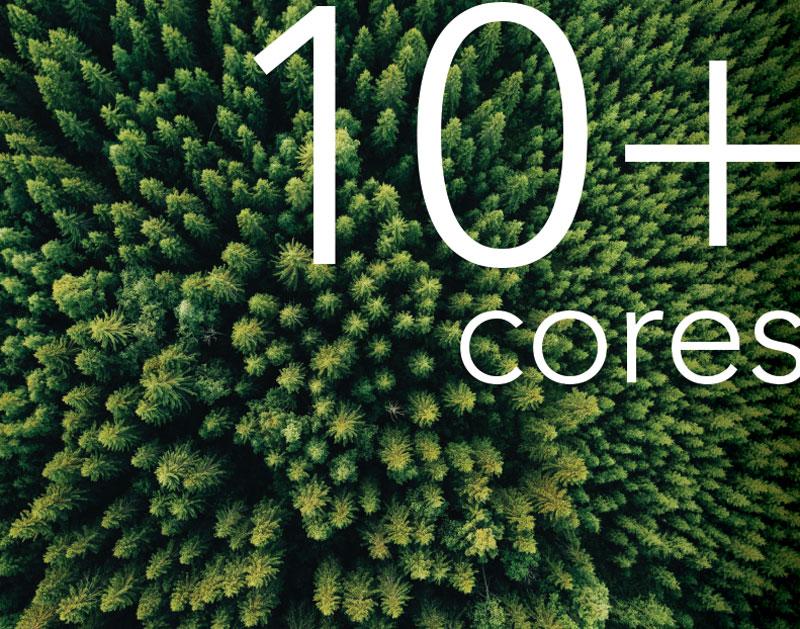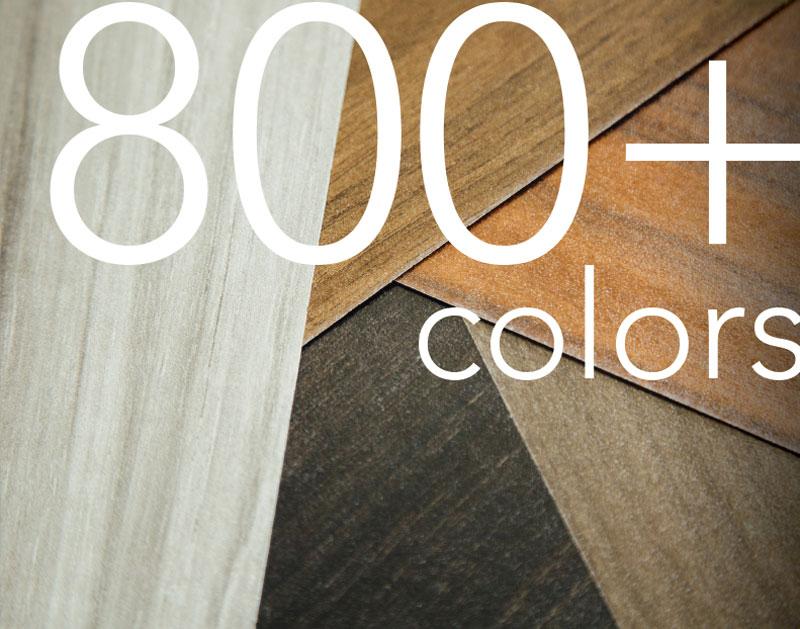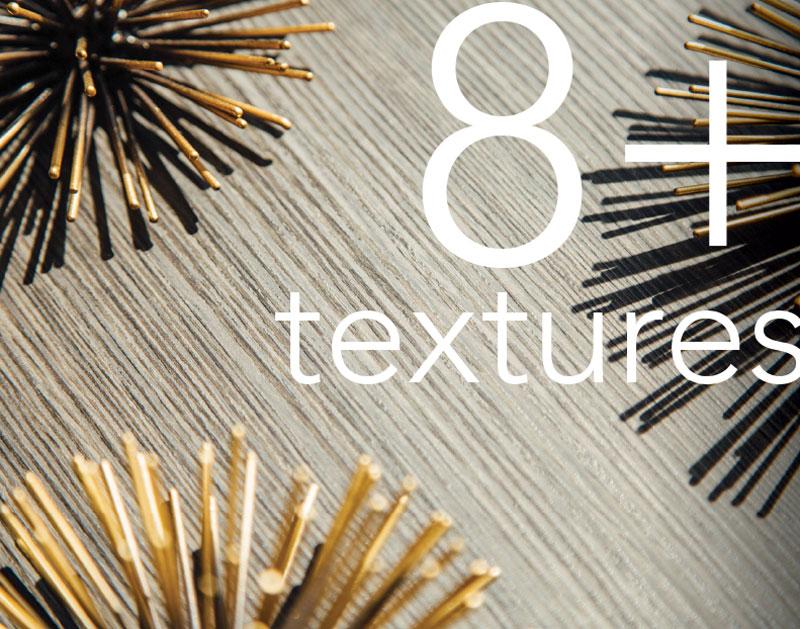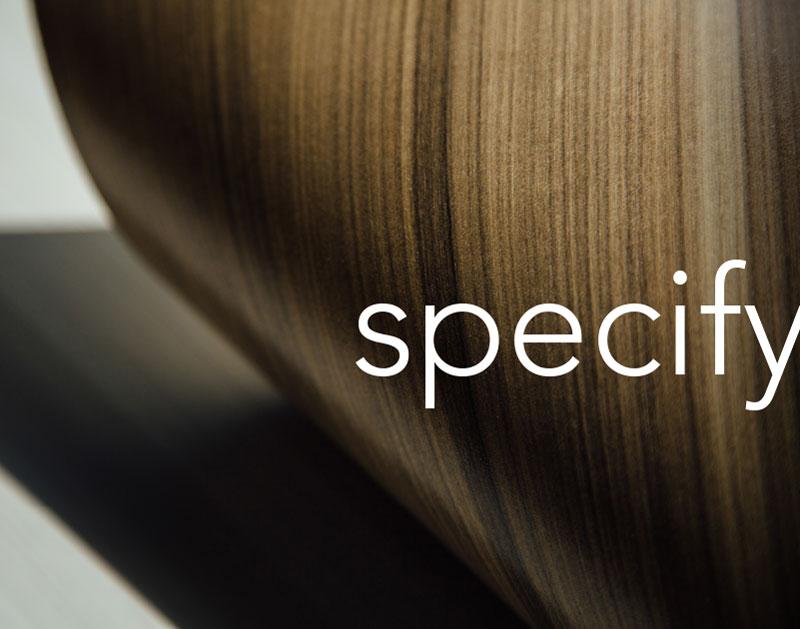We now offer high-quality shelving with a classic Galaxy White finish. Each shelf is made from durable ¾" thick material and features matching edgebanding for a clean, finished look.
Standard Sizes:
Looking for something different? Give us a call for custom sizes or special requests.
Designers told us they wanted more TFL panel options. We listened. Our thermally fused laminate comes in over 800 colors, 8+ finishes, and 10+ core options to meet and exceed the design requirements of any project.
At KML, we are known for our best-in-class, wood-inspired TFL panels. Offering spot-on designs, textures, and a recently improved low-gloss sheen, our thermally fused laminate can easily be mistaken for real wood. And when using recycled materials, our TFL can be much more eco-friendly than standard wood and alternate materials. Our TFL is one of the most sustainable building products available depending upon your spec details.

It might seem strange to start with the substrate since the core of every TFL panel is invisible by design in the built environment, but experienced architects and designers know that TFL’s performance is largely driven by choosing the right core for the application in question. Contact our spec reps for details or if you prefer online research, everything you need for specification is right here.
With over 10 core options, we offer flexibility - and our expert specification assistance will ensure the lasting beauty and function of your project. Particle board and MDF are standard core options because they are reliable, consistent, clean cutting, and offer a smooth surface for the décor paper to adhere to. Need something fire or moisture-resistant? Got it. Something formaldehyde-free? We’ve got that too.
Thermally Fused Laminate (TFL) is an excellent choice for all vertical applications and is durable enough for low-impact horizontal applications such as desktops.

KML invites designers to expand their palette with over 800 décor paper options with looks ranging from woods to solid colors to abstract designs. The décor paper (or design) is what drives the look of your panel. Our melamine-infused décor papers use the same designs as HPL (High-Pressure Laminate), making it easy for designers to mix TFL and HPL as needed in their projects while keeping a coordinated look. For more info on matching the surfaces in your project, see our cross-reference guide.
With so many designs available, we offer more flexibility where it counts to achieve the style you want. Our spec reps will guide you to the color that pairs perfectly with the finish and application you have in mind. If you need to replicate a specific species of wood, we can help with that too.
Safety Data Sheets (SDS) are an important component of product stewardship and occupational safety and health.

KML delivers a difference you can feel — eight times over. Our textured laminate comes in over 8 finishes, each with a texture that adds a tactile element, setting KML apart from the average TFL panel. Specialized plates are used to emboss texture directly onto the surface of each TFL panel. A KML spec rep can help you select a compatible texture for your preferred design. Some of our premium finishesare designed to perfectly sync up with specific designs.
Our textures range in character. The rough charm of reclaimed wood, the subtle surface of a lightly sanded hardwood, the deep ridges of exotic woodgrain, the tantalizing touch of linen. Our finishes add elegance and feeling to thermally fused laminate, earning it the right to be described as a truly decorative surface.
KML is compliant as a fabricator with California Air Resources Board (CARB) regulation order 93120.12 title 17, CCR Airborne Toxic Control Measure (ATCM) for Formaldehyde Emissions from Composite Wood Products, and with TSCA Title VI.
We offer a range of eco-friendly substrate options. Offering TFL panels that can be specified with a core made from 100% recycled western pine is a particular point of pride. A pre-consumer recycled product, this core cuts extremely cleanly while delivering amazing environmentally-friendly benefits.
As an FSC Certified manufacturer, we are aligned with the A&D community’s efforts to foster more sustainably. Our TFL products can help you save money, lower emissions, improve efficiency, and design environments that are ultimately healthier for people to inhabit. These are the familiar goals behind the LEED rating system. And yes, our TFL panels can help your project toward LEED certification.
LEED Points Available

Need expert guidance on your specification? If your KML distributor doesn't offer specification support, we can help. Just give us a call. Our in-house experts will guide you to the right texture, color, and core for your project.
Complimentary Samples
Get your hands on the real deal. Our customer care team can create custom samples for you (sample chips or 10"x10" samples available). If you're in a pinch, we can ship samples quickly so you can make critical decisions faster.